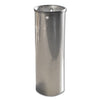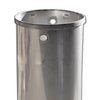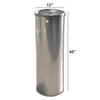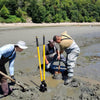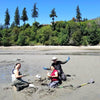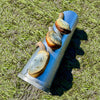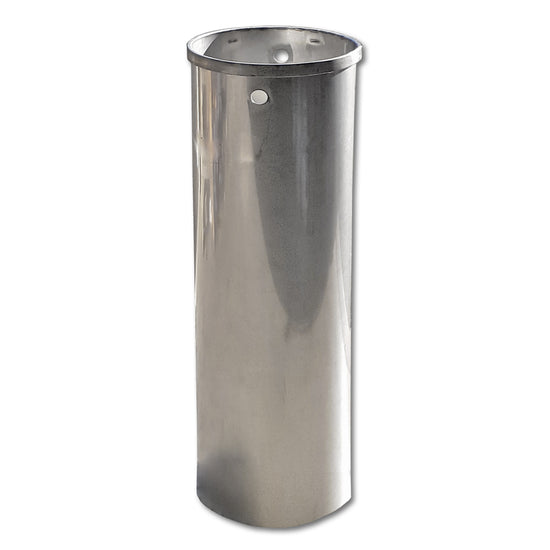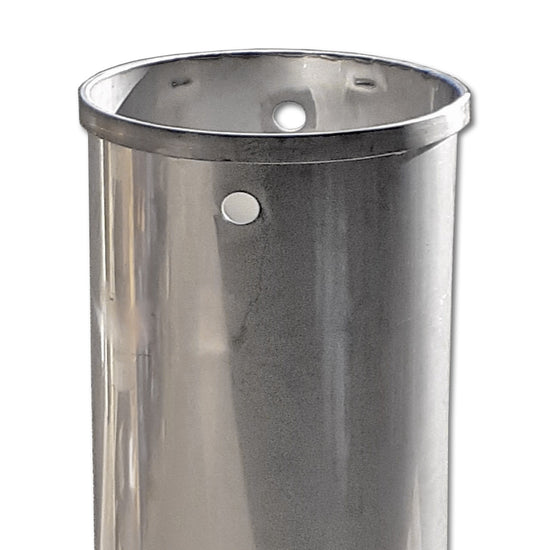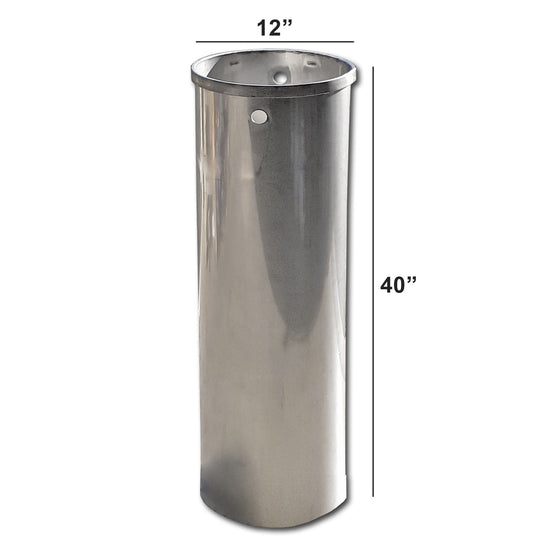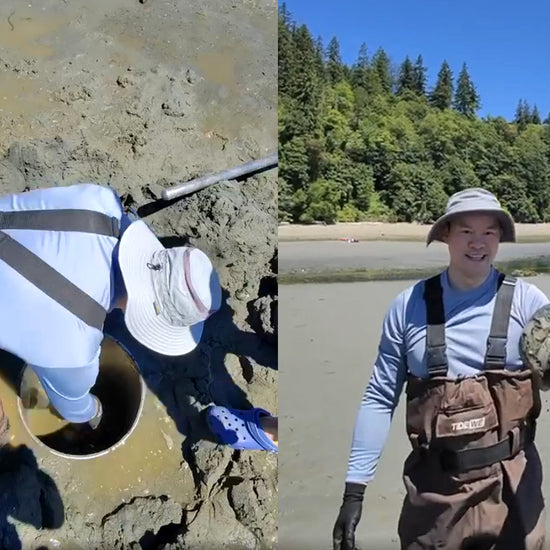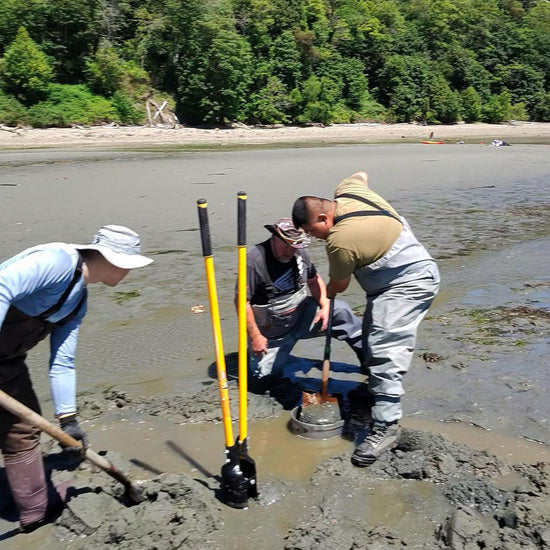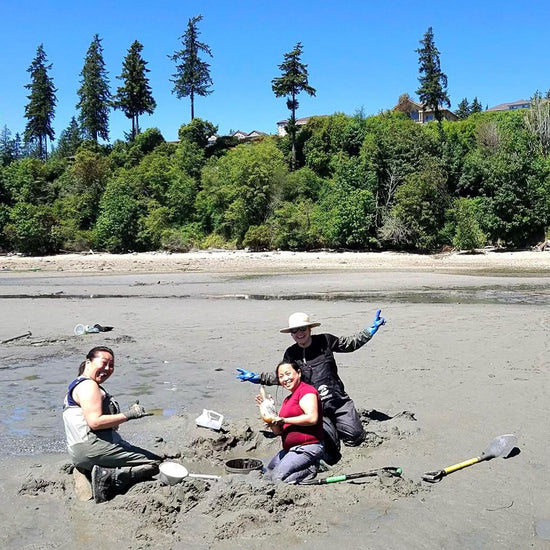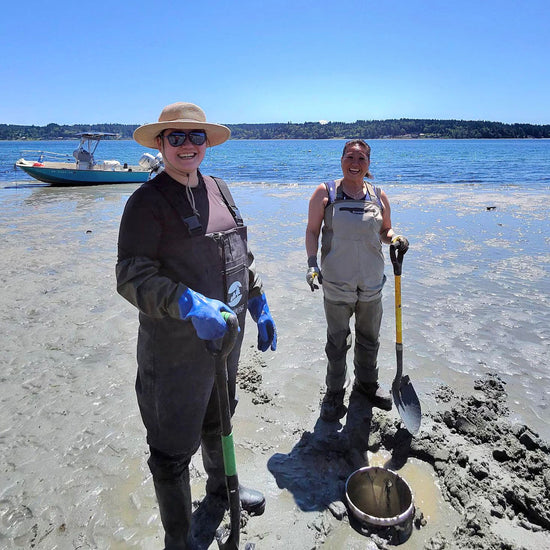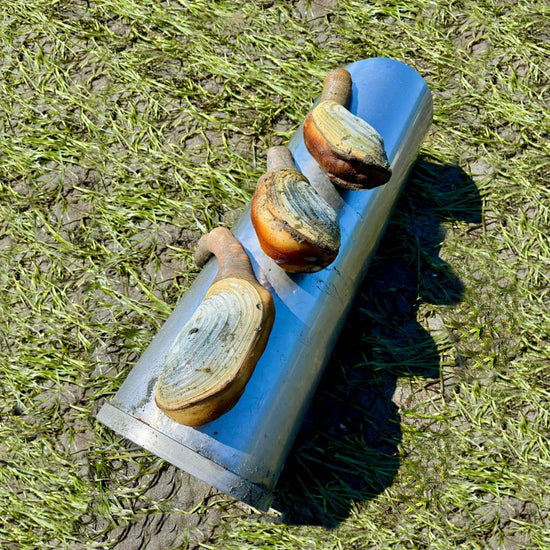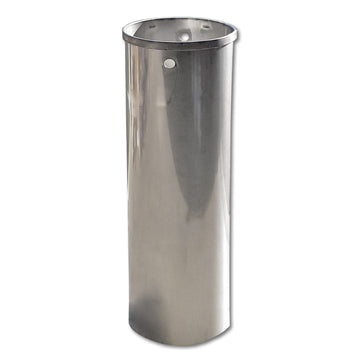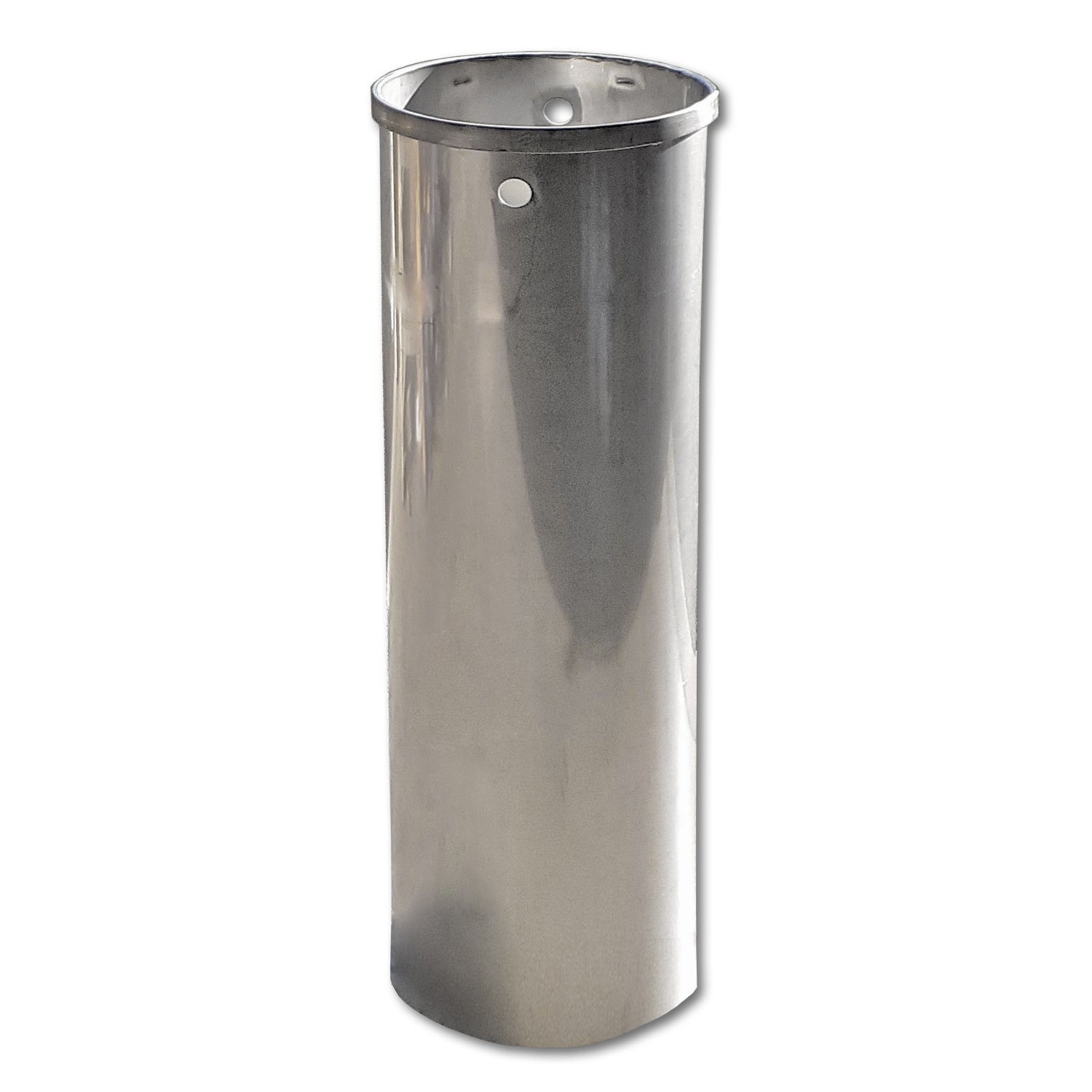
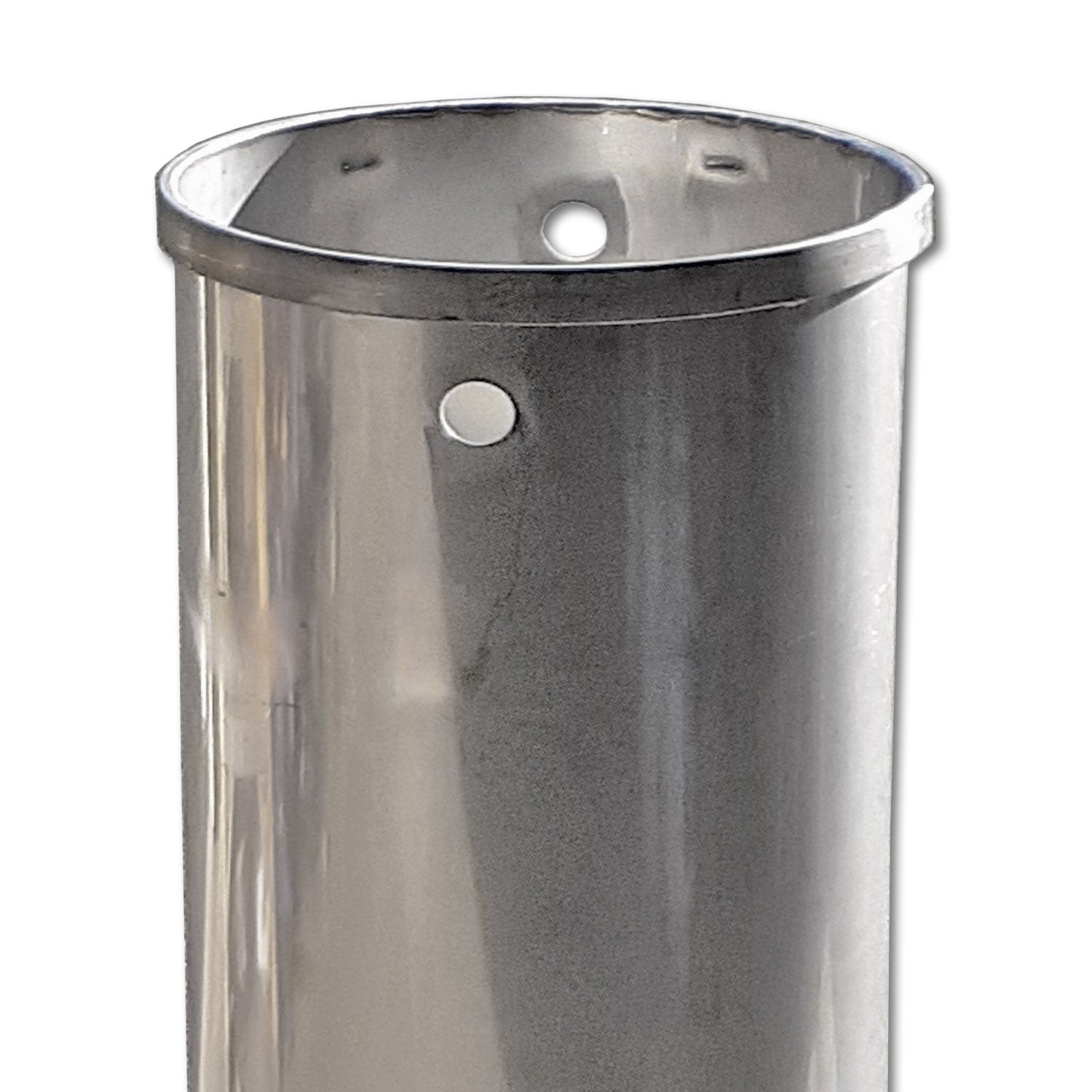
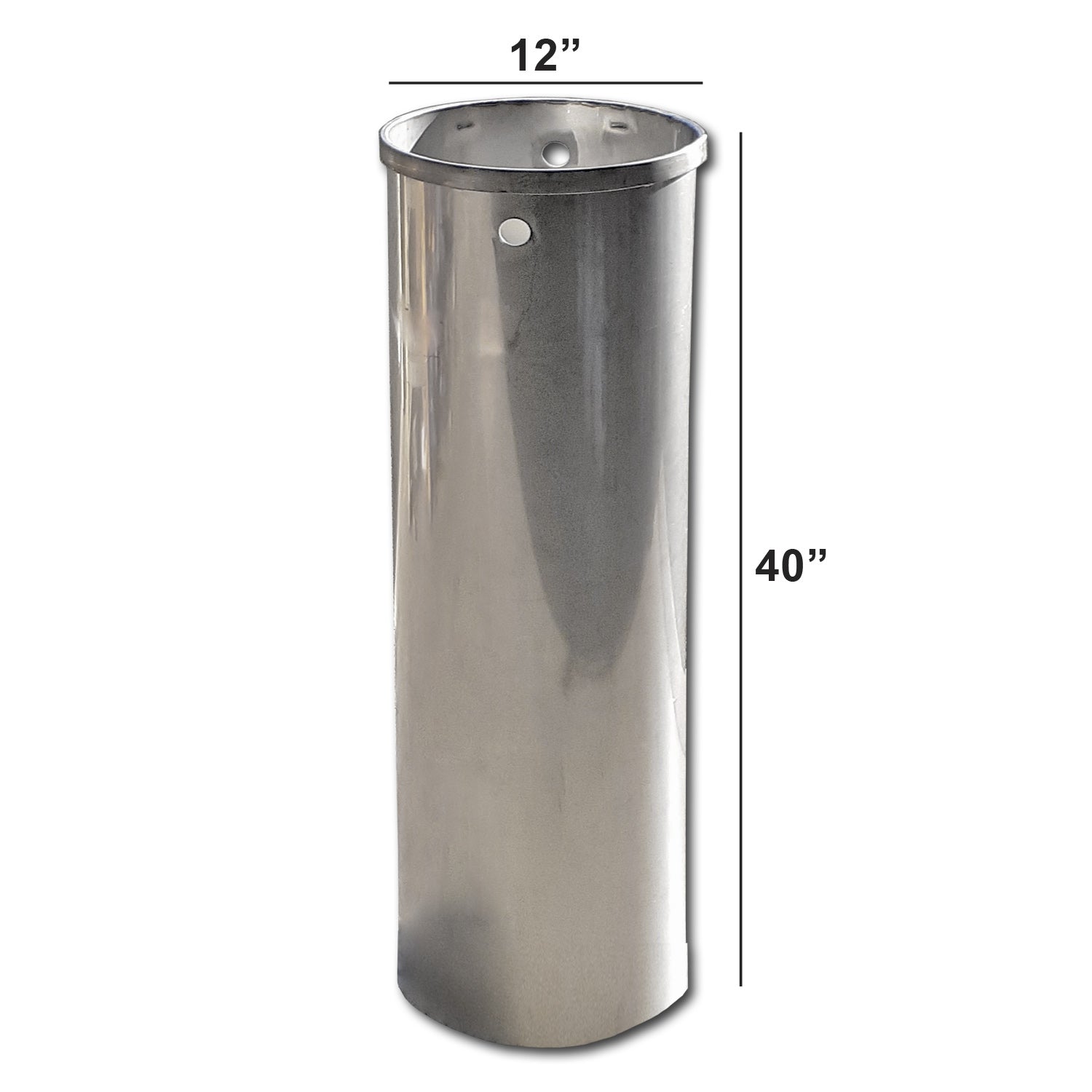
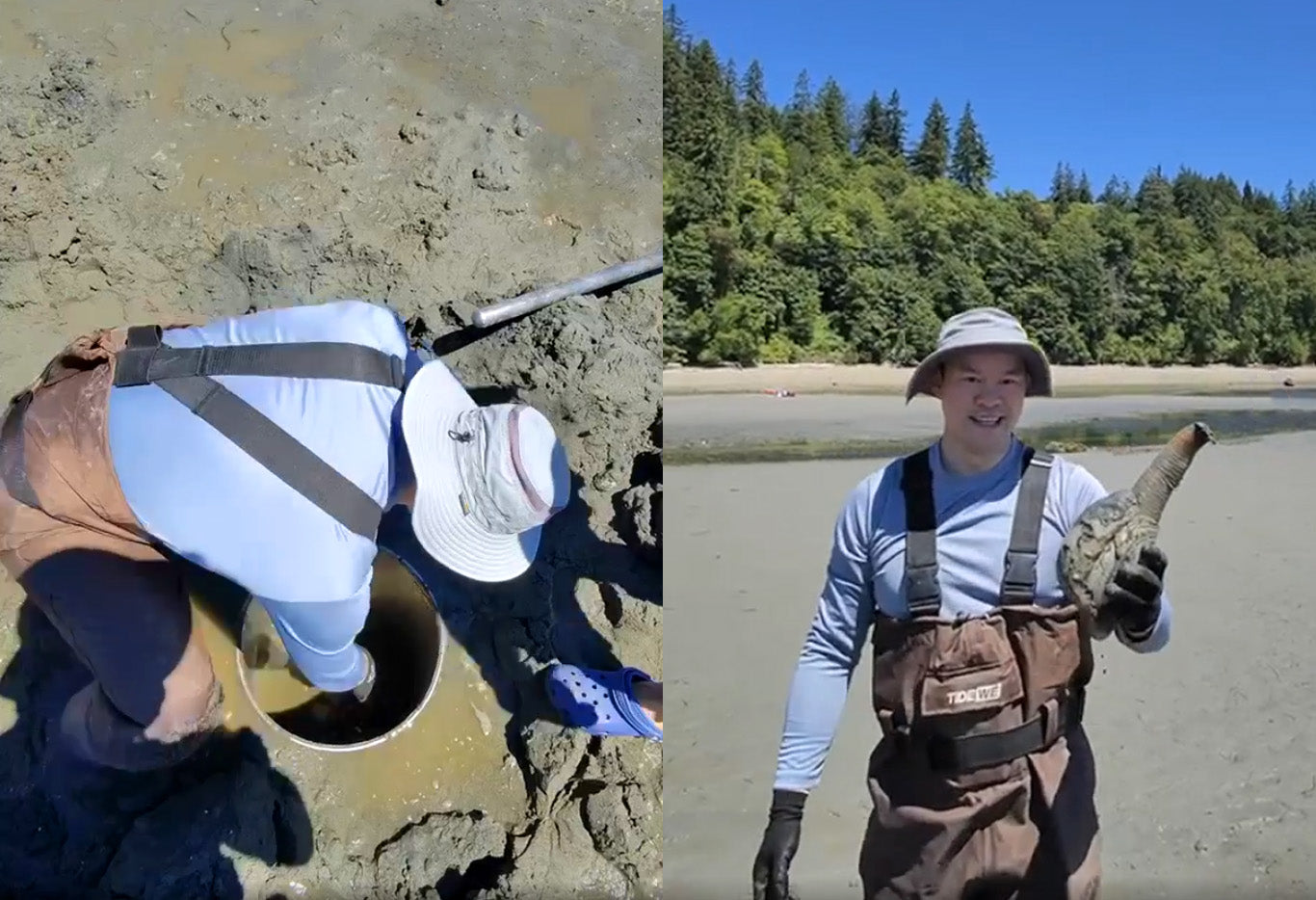
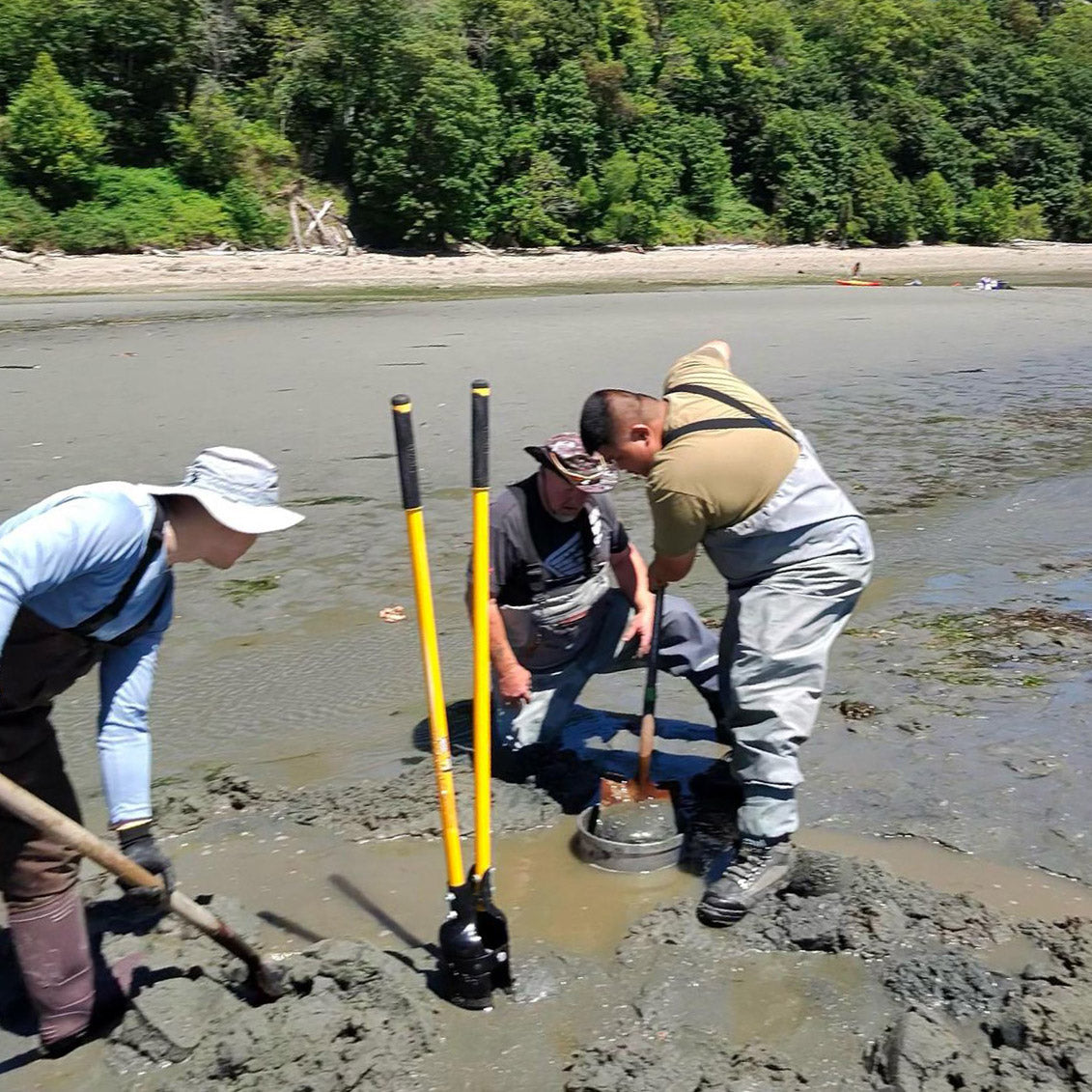
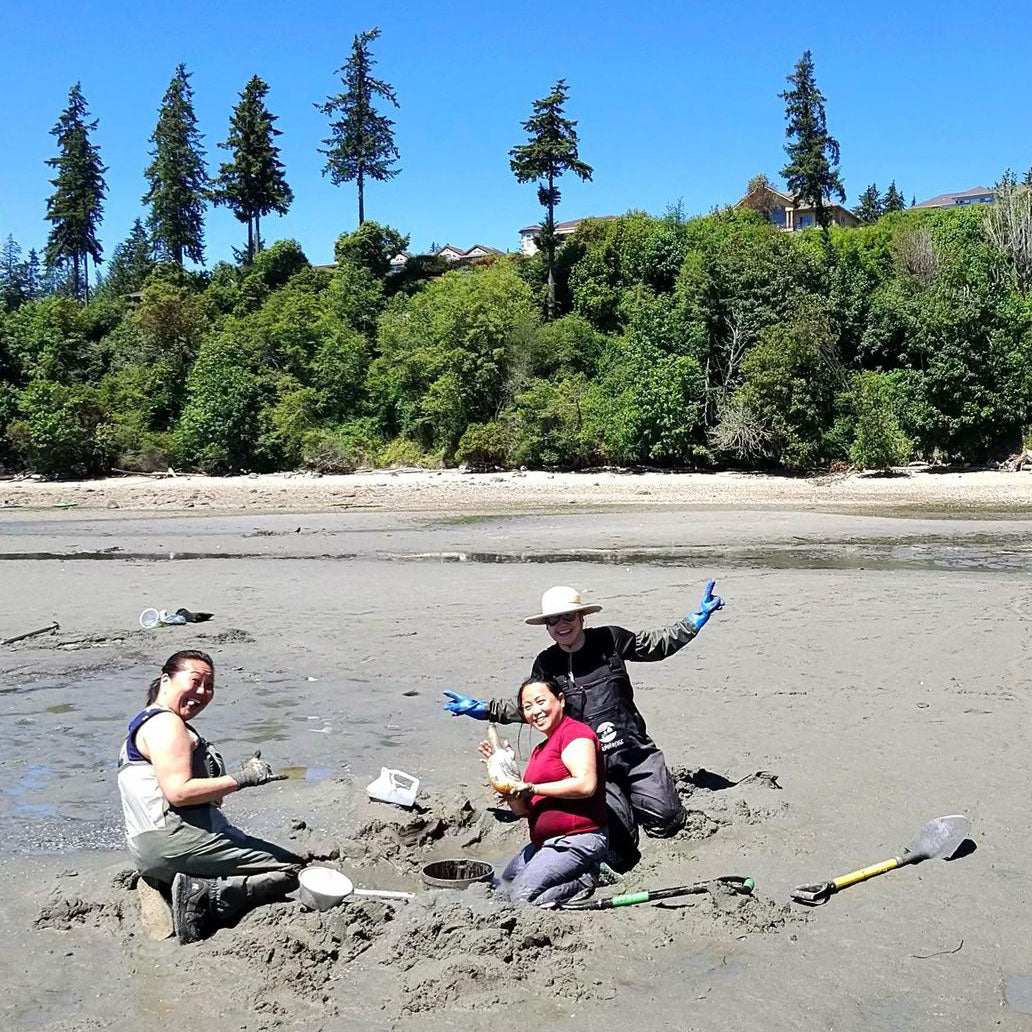
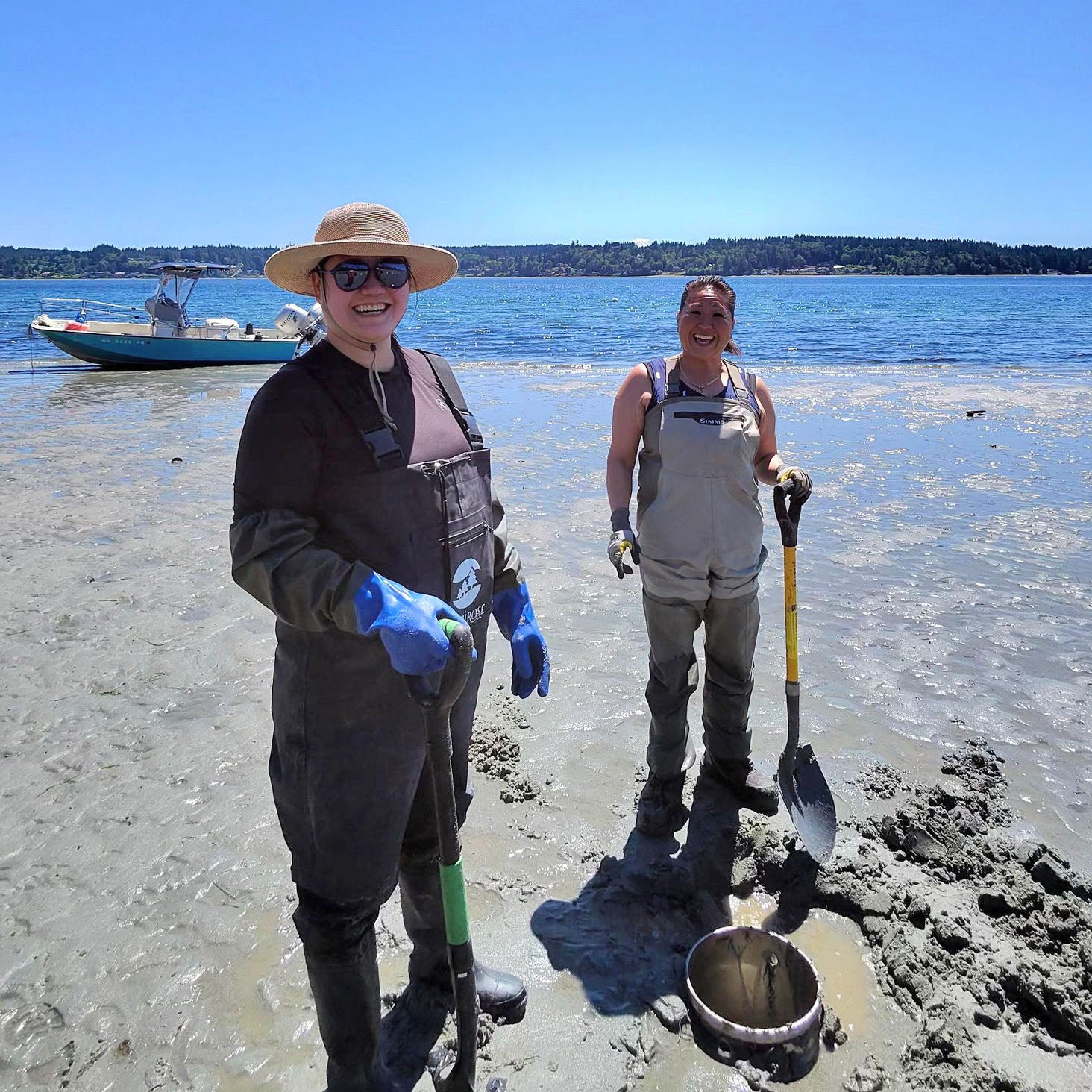
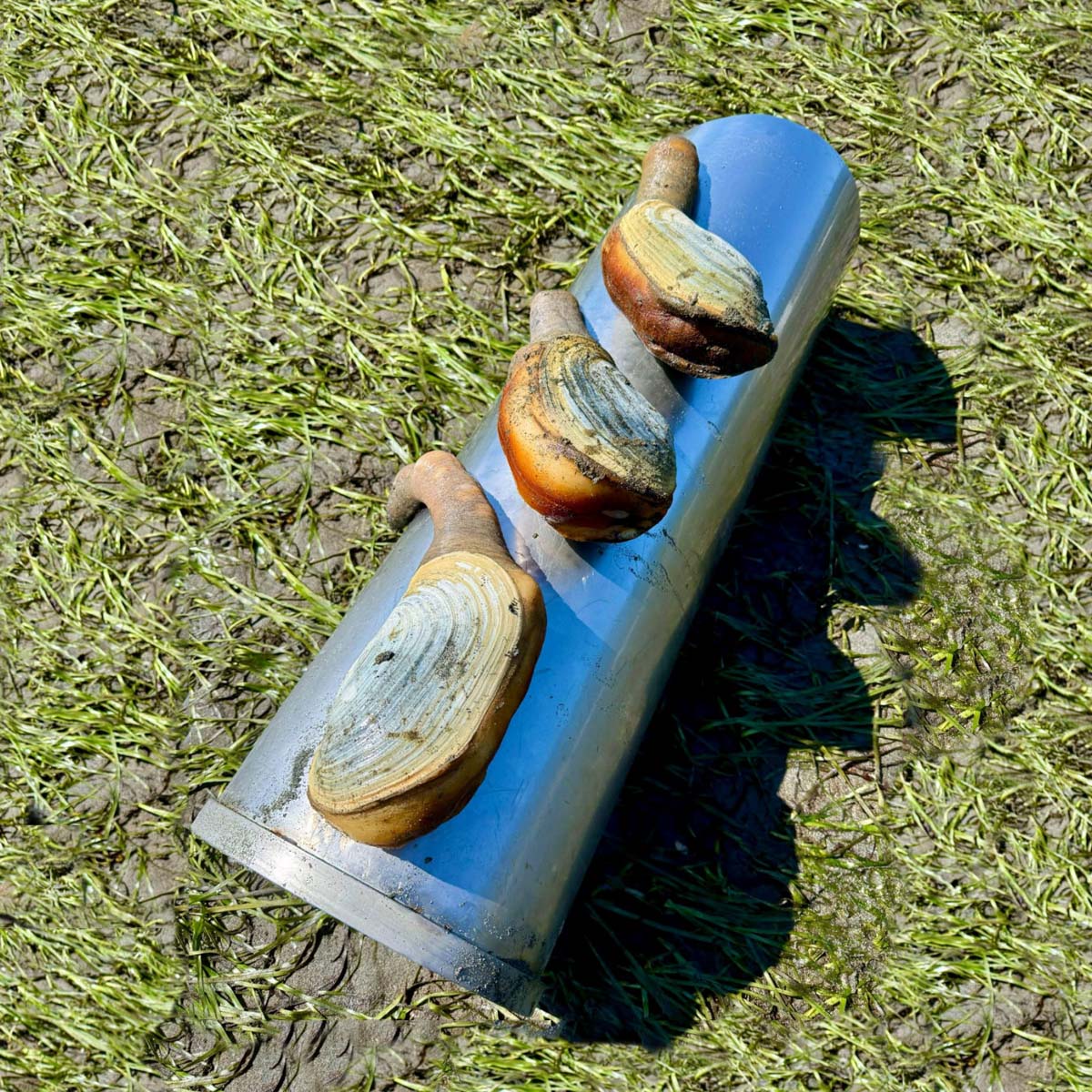
Geoduck Tube
Murff’s Claminator™ Geoduck Tube
DIMENSIONS
Diameter: 11-5" in.
Height: 40 in.
An extra band (1" high and 3/16" thick) has been added to the top of the geoduck tube for reinforcement allowing the clammer to drive the tube down into the sand or mud using a block of wood and a heavy hammer or mallet. Our geoduck tubes are made out of high quality SAE 304 stainless steel.
Two 3/4" holes are drilled near the top of the tube to allow insertion of a 3/4" steel pipe to aid in the removal of the tube from the sand/mud. The steel pipe is not included.
SHIPPING
We offer discounted ground shipping of our Geoduck Tubes at the flat rate of $29.50 for customers located in WA, OR and CA. All other states in the continental US (does not include Alaska or Hawaii) will be charged the discounted flat rate of $39.50. Please contact us to ask about expedited shipping options. We can also ship our products globally and we are happy to provide a shipping quote for your desired destination. Please write us via the contact form to request a quote for shipping options.
PICKUP ORDERS
We do not have a retail location. All pickup orders are by appointment only and must be scheduled in advance with Dale Murff. Please contact Dale prior to purchasing at dale@theclaminator.com to coordinate a pickup time. Customers must also bring proof of purchase.
Unlike razor clams, a geoduck (“gooey-duck”) will not "run" or dig down any deeper in the sand as you dig for it. The main purpose of the geoduck tube, therefore, is to encircle the geoduck and prevent the sand from collapsing in as you dig down to reach the geoduck. Center the geoduck in the middle of the tube and then work the tube as far down in the sand as you can. The tube can be vigorously wiggled back and forth while applying downward pressure. When you are unable to push it down any further, you can try placing a plank of wood across the top of the tube and using a heavy hammer or mallet, to drive the tube deeper in the sand. The geoduck will likely mostly retract its neck once you disturb the sand around them. Carefully remove sand and water from the inside of the tube until you reach the geoduck. When you get down to where you can see/feel the neck, the shell is probably down an additional 6" to 8". You need to continue carefully digging deeper until you can run your fingers around the whole geoduck's shell enough to loosen the sand's grip on the shell. Don't try just pulling the neck, as you will likely pull it off where it joins the upper part of the shell.

